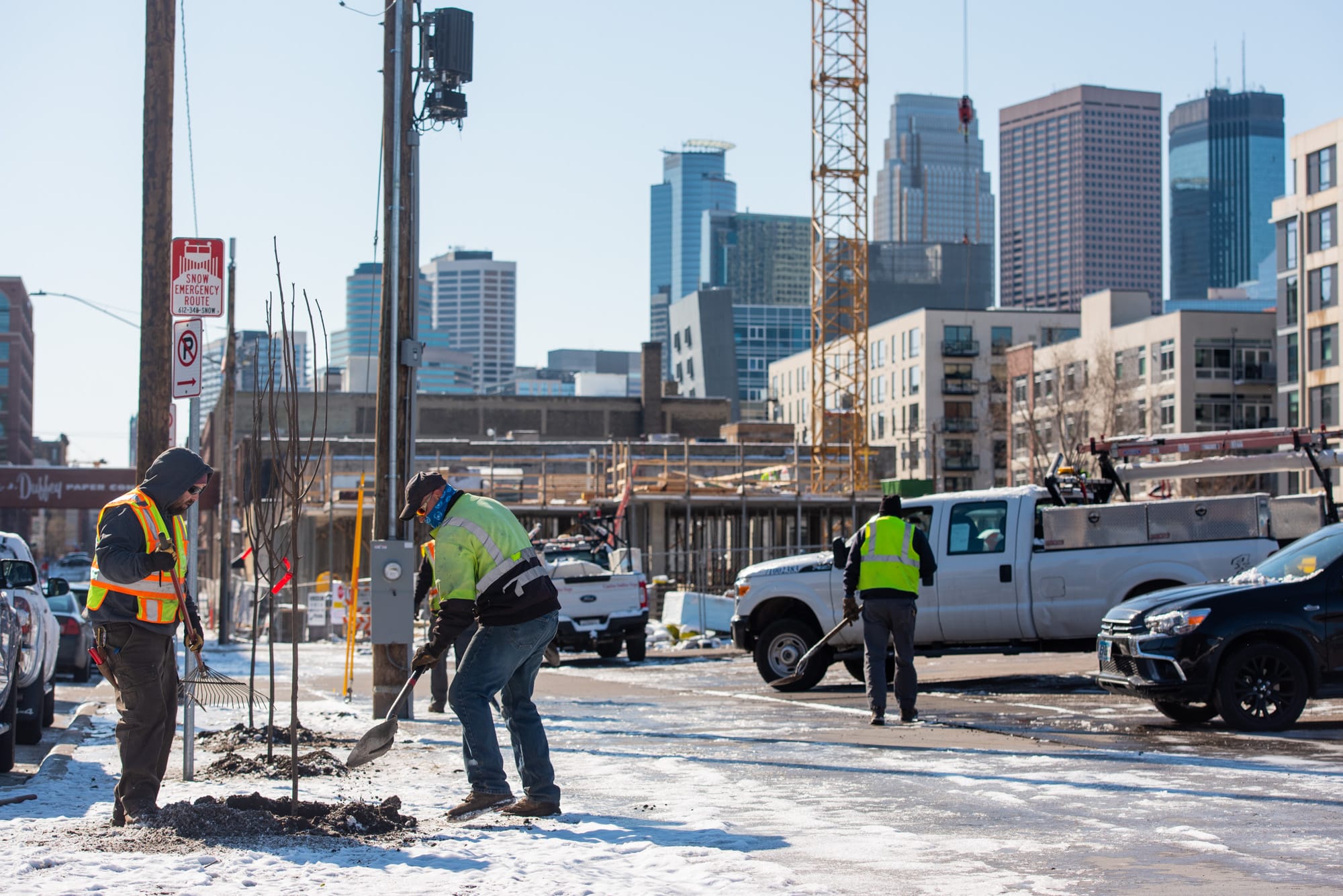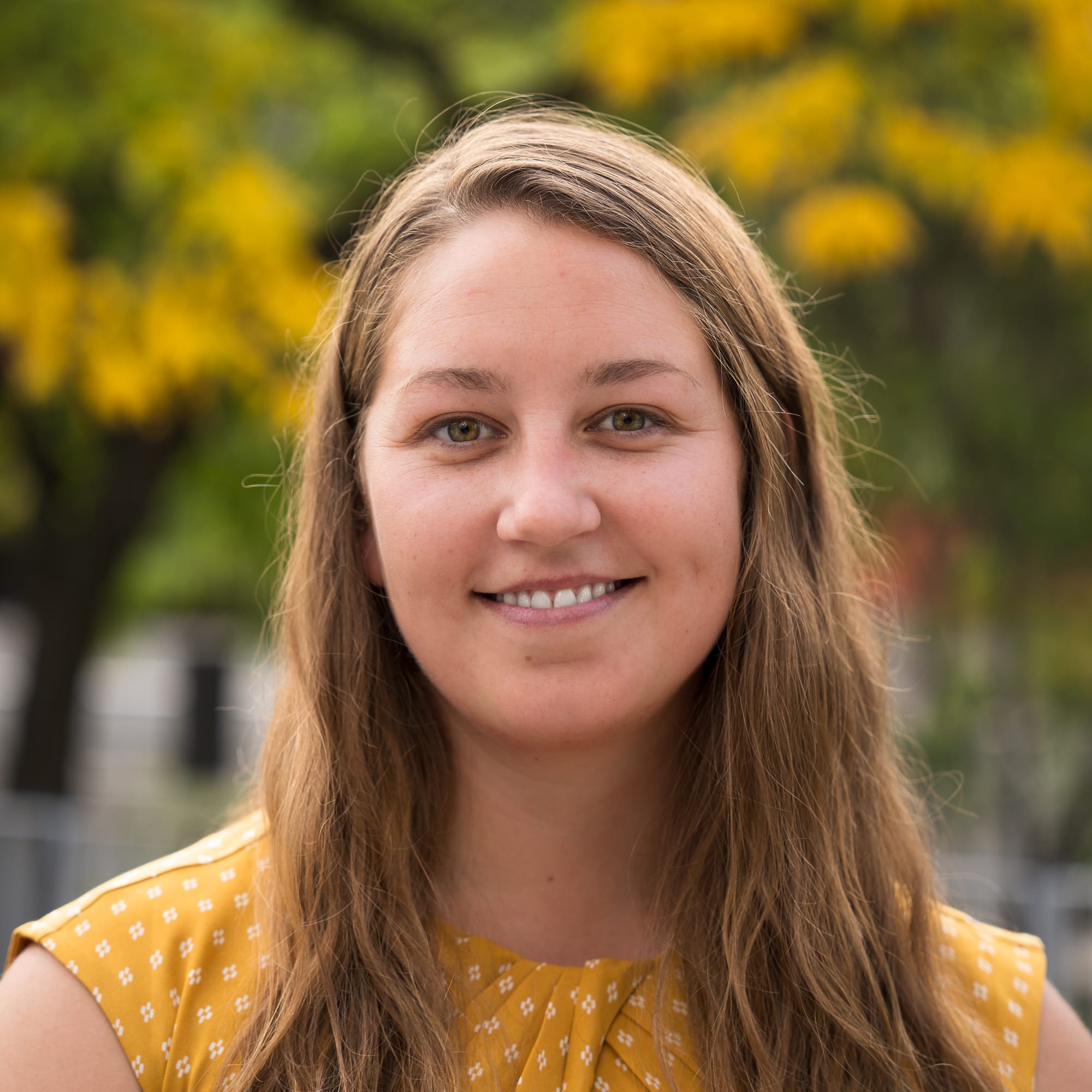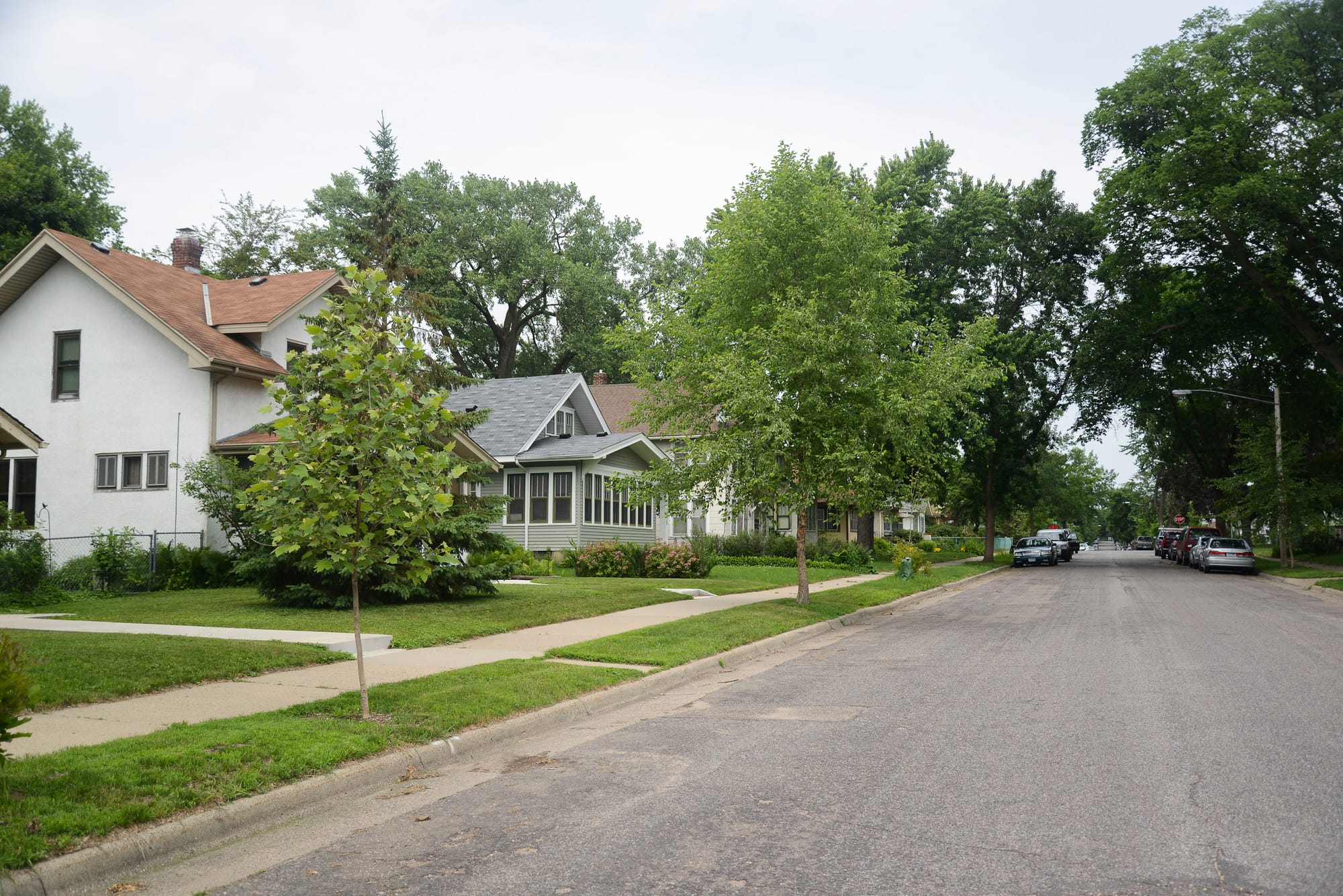The new green economy: Building a resilient urban forest
With diminishing public money for urban forestry, carbon offset markets are rising to meet funding gaps. One small nonprofit is leading the way in Minnesota.

When 5,000 members of the American Society of Landscape Architects (ASLA) gathered last year in Minneapolis, the organization completed a rigorous self-assessment to calculate the climate and environmental impacts of that year’s conference. They then reached out to Green Cities Accord, a small nonprofit with an increasingly big impact.
“This partnership was a great fit for us,” said ASLA senior communication manager Jared Green. “Our goal is to leave a positive legacy in the cities that host us. We want to focus on innovative city forest initiatives, and this is a win-win-win. This year, we were able to write a check for $44,000.”
Through Green Cities Accord, ASLA’s $44,000 was transformed into 1,226 carbon offsets, each representing one carbon ton. Green Cities Accord applied those credits and funds to a Minneapolis Park and Recreation Board initiative, which contributed to the planting and cataloging of nearly 24,000 trees on city public right-of-ways.
It met ASLA’s mission to invest in the conference location community. It was a successful project for Minneapolis, where city foresters are struggling with the loss of ash trees to the invasive emerald ash borer. And for Green Cities Accord, it was another successful project in an ambitious effort to partner in building a robust, healthy, climate-forward urban forest canopy.

How carbon credits work
Carbon offset credits create a market in which corporations, governments, or individuals can “balance out” their carbon emissions by purchasing certificates that represent a specified amount of carbon dioxide. That carbon might be removed from the atmosphere by carbon sequestration in newly planted trees, for example, or it might be carbon avoided by creating a cooling urban canopy that reduces energy usage.
A third-party carbon registry agency, specific to urban forestry, certifies the offset credits by setting protocols. Green Cities Accord uses City Forest Credits, a nonprofit that manages standards specifically for metropolitan areas. The credits quantify not just the carbon sequestration benefits, but also rainfall mitigation, energy savings from heating and cooling homes and buildings, and air quality improvements. To be eligible, cities must adhere to their own set of urban forest protocols.
"Urban trees not only sequester carbon but also provide environmental co-benefits, including mitigating stormwater runoff, enhancing air quality, and decreasing energy consumption," said Michaela Neu, director of programs and operations at Green Cities Accord. "Urban trees have demonstrated positive effects on local economies, wildlife, and human mental health, all contributing to make our cities more climate resilient."

Jeremy Barrick is all in. As assistant superintendent of environmental stewardship for the Minneapolis Park and Recreation Board, Barrick has worked hand-in-hand with Neu and Green Cities Accord to launch what was Minnesota’s first urban tree offset project. Since then the projects have been launching rapidly.
“This is a creative funding source for cities, and we’re not the first one, but we’re ahead in many ways,” said Barrick. “Our partnership with (Green Cities Accord) has brought in a little under $1.1 million in funding and grants to the park board’s budget, specifically for planting and maintaining trees we wouldn’t have had otherwise: $1 million of that is from federal funding that (Green Cities Accord) spearheaded, and the other $89,000 is from the carbon offset credits that have already been sold.”
Building partnerships
City canopies are disappearing at alarming rates. A 2018 U.S. Forest Service study found that metropolitan areas are losing trees by the millions each year. Claire Wilson, executive director of The Loppet Foundation, is well aware of this. The foundation’s carbon offset purchase will directly benefit the park forest where she works and plays.
Theodore Wirth Regional Park is home to the foundation’s very mission, and each year hosts some of the Twin Cities' most-loved winter events, such as the Luminary Loppet. This year, the Loppet Foundation hosted the 2024 Cross Country World’s Cup in Theodore Wirth Regional Park on President's Day weekend.
“We are excited to be one of the first to organize a World Cup using multiple strategies to offset our carbon footprint,” Wilson said. “It’s a fantastic match for us because we operate these wonderful community events in a long-term relationship with the Minneapolis Park Board. This forest is where we live and play. We’re committed to creating a lasting future for this park.”
In a new five-year partnership with Green Cities Accord, the Loppet Foundation is looking not just at its annual carbon footprint and mitigation efforts, but also working with Green Cities Accord to launch a city youth training program to monitor park trees and update the carbon registry database, feeding potential workers to a tree industry hungry for employees.
“Putting multi-pronged partnerships together between government and nonprofits, between city foresters and corporate initiatives is key,” said David Wilson, chair of Green Cities Accord’s board of directors. “There’s a lot of forestry restoration and tree planting goals for that park. The Loppet is investing, the city is benefiting, and we are growing our capacity to grow a forest.”

Challenges and solutions
Large cities such as Atlanta, Indianapolis, and Baltimore have launched innovative carbon offset programs. The efforts are often born of climate change challenges, such as in Seattle.
For small cities and towns, carbon offset funding for urban forestry is a developing concept. Neu has been talking with officials from Rochester and Duluth, where efforts are underway to start similar programs. Both cities stand to gain from conferences and tourism agencies that are greening travel policies.
“We’re broadening the ways we are thinking about marketing offsets,” Neu says. “Partnering with convention bureaus could be a great avenue for partnerships in these cities, much like ASLA or The Loppet Foundation.”
To that end, Green Cities Accord, previously Green Minneapolis, has recently rebranded and expanded its mission to all of Minnesota.
Carbon offset programs have critics. Instead of changing their carbon footprint, for example, companies can simply purchase offsets allowing corporate greenwashing. Organizations like Green Cities Accord meet that challenge by vetting their partners for commitment to carbon neutrality, Neu said.
The concept of carbon offsets is relatively new, fully opening in the late 1980s as a response to increasing awareness of climate change. The market has been consolidating and strengthening with the ratification of new technologies and methodologies since then. Today, carbon offset is a mainstream idea, practiced by corporate leaders and governments.
On a small scale in Minneapolis, Barrick is optimistic about the park board’s trajectory with these carbon offset partnerships. He sees tremendous potential.
“To have a chance to grow a canopy, we need to put two trees in the ground for each tree we take out,” he said. “That’s the value we’re looking for. Getting these trees into the ground, into our GIS inventory system, and registered in a carbon project. Then we need to care for the trees so they can grow to their full potential. That’s where the carbon offset investment goes.”
